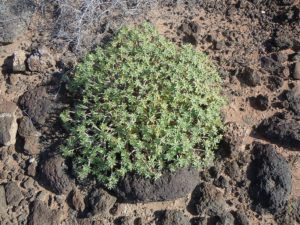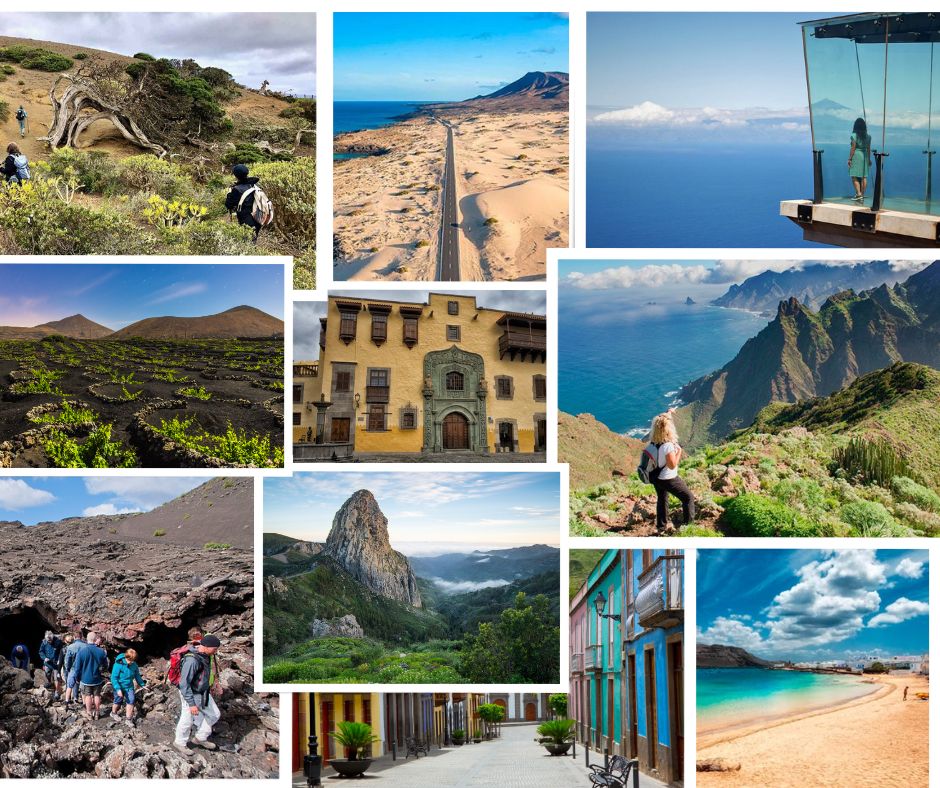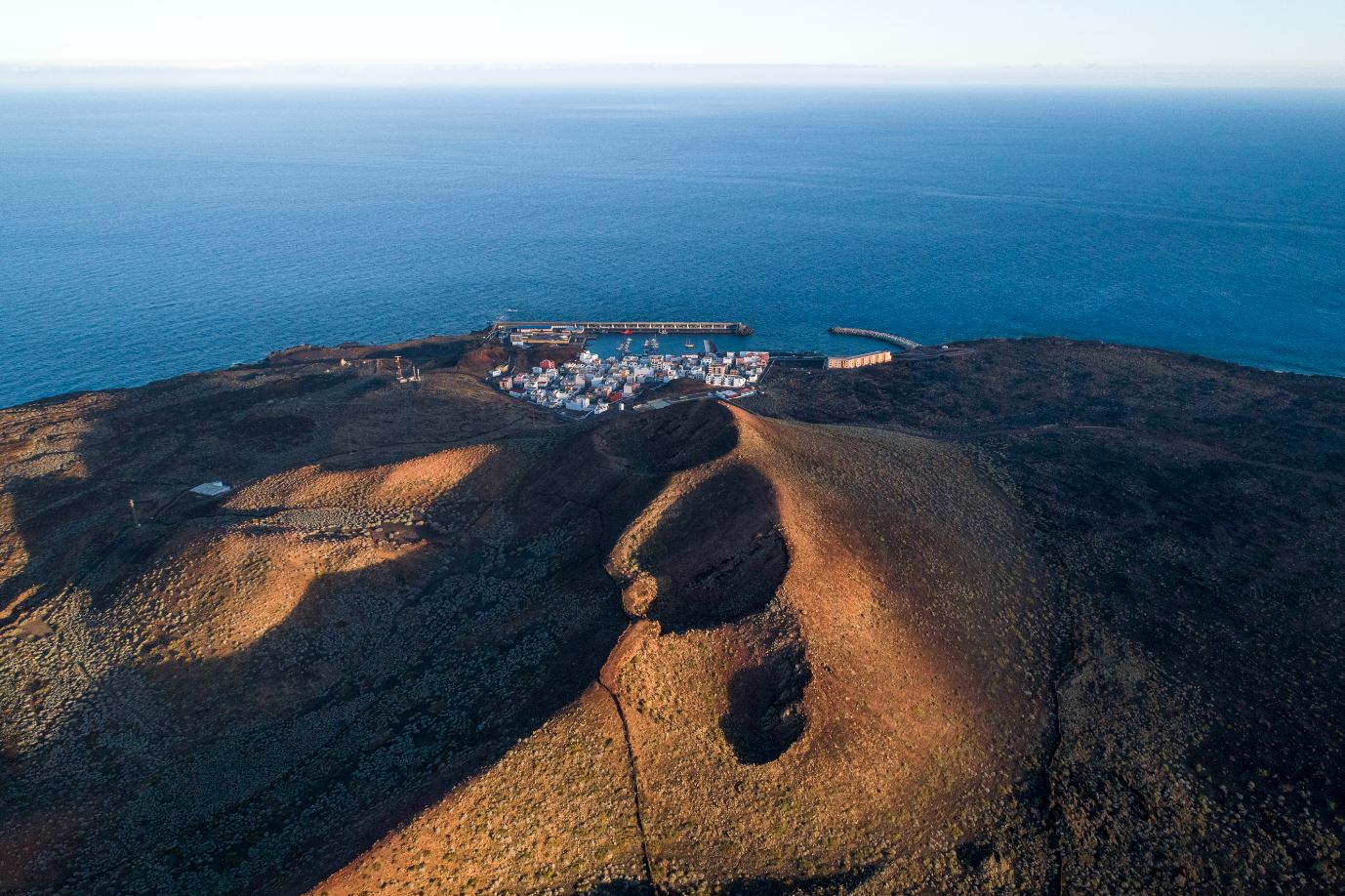Lanzarote is not an island with a high altitude, actually, its highest point is just 670 meters, and this has an influence on the humidity measurement from the clouds and on the rains as well. Consequently, we are talking about a very dry island with a few rainfalls per year and this makes a very different and characteristic vegetation.
Furthermore, it is an island covered by volcanic stones and on its coasts predominate fine sand beaches. Although with these backgrounds we could think the island has not vegetation or it is almost non-existent, this is not true. Flora in Lanzarote is formed by a great variety of vegetable species that we can see around all island. In wintertime, the mountains of Lanzarote are covered by a very unusual and striking green colour. Also in spring, the fields are dotted with colourful inflorescences from the different kind of flowers that grow in Lanzarote.

In Lanzarote is characteristic the irruption of wild herbs and screes. However, there are some indigenous plants and lichens that were very important in the economic development of the island. An example of this is the “orchilla”, used for the manufacturing of inks, and the “barrilla”, utilised for obtaining caustic soda.
On the island we can distinguish a first vegetation level, normally in the coastal regions, with species easily adaptable to extreme conditions of insolation and salinity. Among these species we can find the “aulaga”, the “mato” and the “uva de mar”.

The “tabaiba dulce” is a canary endemism of the lower and dry areas that we can find abundantly, normally in the second stratum of vegetation. This is one of the reasons why this plant is the vegetal symbol of the island. In the North of Lanzarote, near to the Malpais de La Corona (or badlands of La Corona) we find the main area of the Tabaiba. 
On the upper level is very popular the “Palmera Canaria”. The main palm grove of the island is situated in Haría, a town known as “El Valle de las Mil Palmeras” (“The Thousand Palms Valley”).
The flora of the island is constituted by 677 taxons, and 16 of them are endemisms from Lanzarote, that is 1,89 species per each 100 km². Only in Timanfaya it has been accounted for 180 different land vegetal species and the Famara cliff has a lot of endemic species. Some important species are: la orchilla, la barrilla, la aulaga majorera (a thorny plant very common), the tabaiba salvaje (a poisonous plant), the “tedera”, the “salvia de risco”, the “hierba de risco”, the thyme or the “tarajal”.

The fact is that human activity has altered the plant life, although it is true that there are basal areas but thermophilic forest to a lesser extend. In the past, in the highest areas were more variety of laurel forest, know also as Monteverde (meaning Mountain Greenery). However, today this is only testimonial documents.
We can observe that Lanzarote has a great and important variety of plants, in respect of endemism. For that reason, the island is interesting for botany lovers.












 sending...
sending...